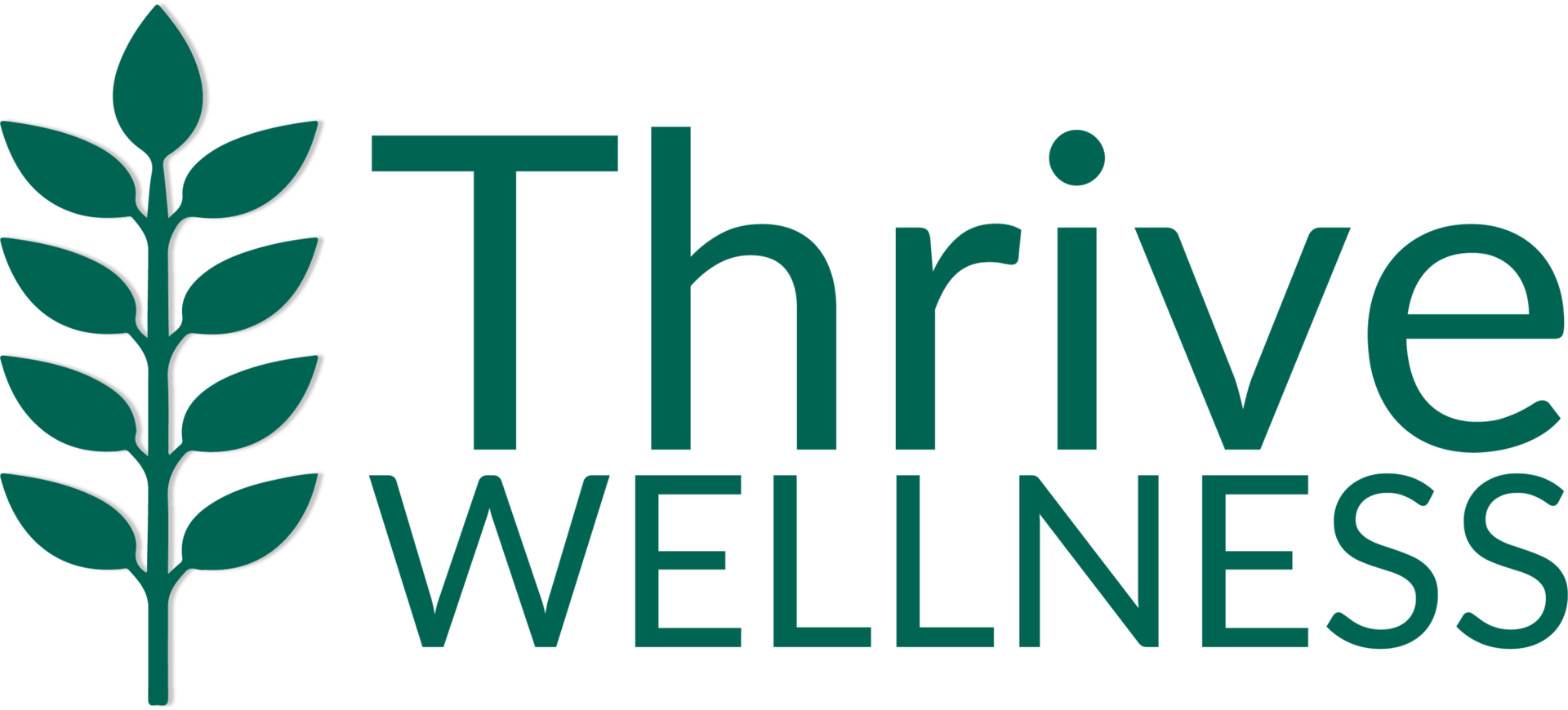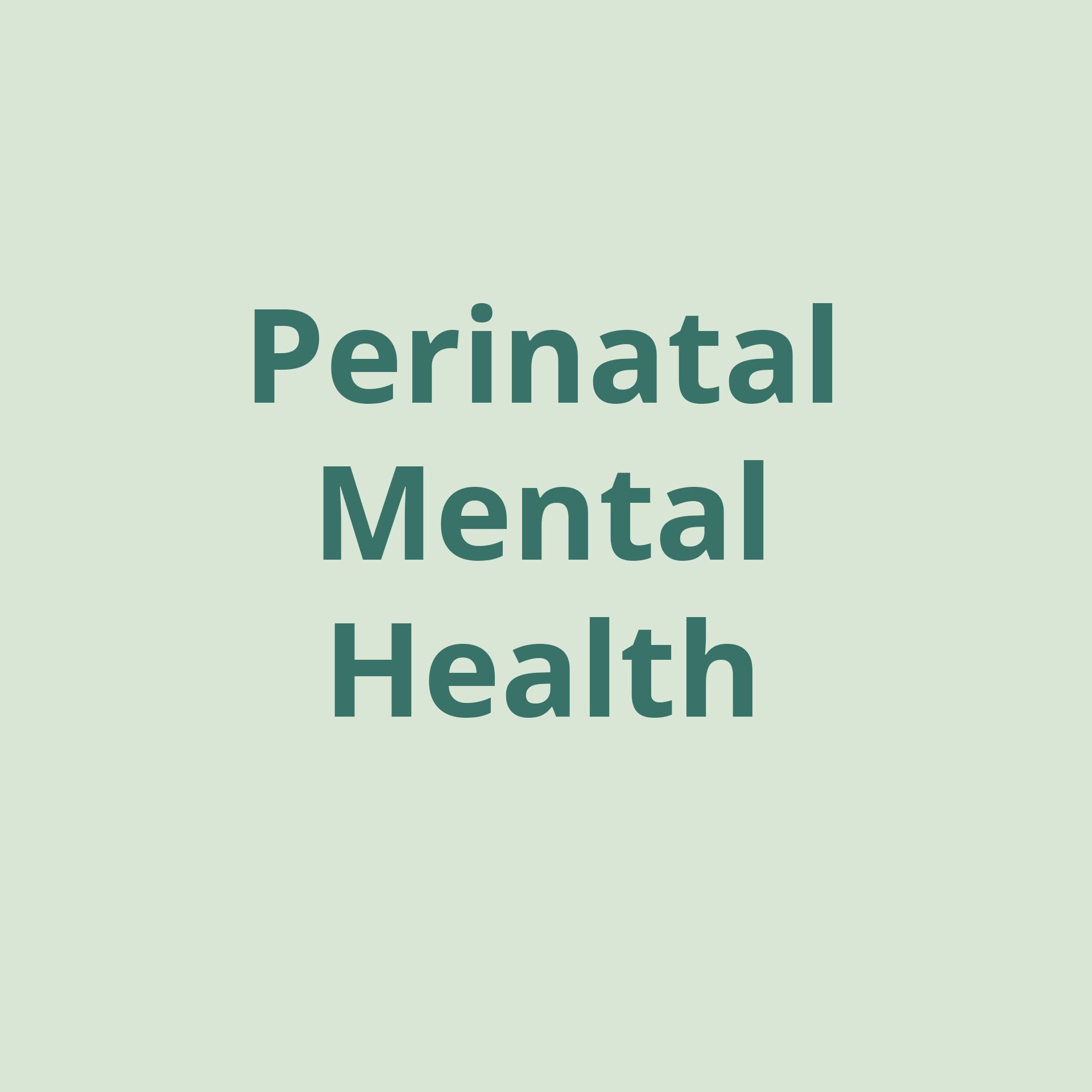Grieving During the Holiday Season: Ways to Honor Your Loss and Support Loved Ones in Mourning

By Thrive Waco Therapist Sarah Neelley, MA, LPC-Associate, 200 RYT and Thrive Reno Perinatal Program Clinical Lead and Therapist Amanda Boe, LMFT
UNDERSTANDING LOSS AND GRIEF
As a natural human response to loss, grief provides ways (although uncomfortable at times) for individuals to continue loving a person they have lost. Most commonly associated with anguish following the death of a loved one, grief can also be a response to any significant loss, including the loss of a pregnancy or infant , pet, job or income, relationship, and even community. The grieving process typically prompts affected individuals to explore coping strategies as well as attempt to discover meaning in their loss.
Perinatal Loss and Grief
As a mental and behavioral health clinic that treats perinatal mood and anxiety disorders (PMADs), Thrive Wellness is especially attuned to the struggles that parents face following a perinatal loss, which can include pregnancy and infant losses. A perinatal loss can feel more isolating than other losses in many ways. Parents may feel like they are the only ones who knew their baby and possibly even the only ones who are grieving their baby’s loss. A perinatal grief and loss support group such as the one Thrive Reno offers can help lessen some of this isolation by surrounding parents with understanding individuals who will support their grieving journey.
DIFFERENT EXPRESSIONS OF GRIEF
Just as every person is unique, the ways in which people grieve are also different. Some individuals express their grief outwardly by crying or talking about their loss, while others may grieve internally by withdrawing or holding their emotions inside.
Grief can affect people in many ways, including:
- Emotionally: Individuals may experience a wide range of emotions including despair, sadness, anger, guilt, confusion, and shock.
- Physically: Grief may disrupt an individual’s digestive system, sleep patterns, and immune function to name a few physical effects.
- Cognitively: As their mind attempts to understand the loss, a grieving person may find it difficult to concentrate, make decisions, and remember things.
- Socially: Grief may cause individuals to withdraw from their relationships. Additionally, the stress of a loss may also cause conflict to erupt within relationships.
- Culturally : An individual’s culture provides them with the framework for how to grieve, which may not align with a person’s preferred way of grieving and create conflict or tension on top of their suffering.
- Spiritually: Individuals affected by grief may question their spiritual beliefs. In turn, they may also strengthen their faith.
- Philosophically: Grief may cause a person to question their sense of meaning and identity.
Although no one grieves the same way, there are five common stages of grief theorized by psychiatrist Elizabeth Kubler Ross and recognized by the greater mental health community.
The five stages of grief are:
- Denial: Characterized by feelings of numbness, shock, and confusion. The denial stage can serve as a defense mechanism that slows the onset of intense emotions often associated with grief.
- Anger: May involve thoughts that life isn’t fair and can include blaming others for the loss. Anger can be necessary to reattach grief-stricken individuals to the reality of their loss.
- Bargaining: Distinguished by desperate negotiation, typically to a higher power, with the hope of avoiding the pain of loss such as, “If you let him live, I will be a better person.” This stage is also characterized by endless “What if?” questions generally fueled by a person’s guilt and desire to go back in time to stop the loss from happening.
- Depression: Arguably the most recognizable element of grief, this stage often involves feeling hopeless and withdrawing from life.
- Acceptance: Identified as learning to embrace life despite grief.
The stages listed above may seem straightforward, but the way each individual experiences them is unique and may be erratic. There is no set amount of time that an individual spends in any stage of grief. Additionally, individuals don’t necessarily progress through the five stages of grief in order. They may jump between stages, skip ahead to stages, revert to previously experienced stages, and so forth. Individuals can also experience more than one stage of grief at a time.
THE INFLUENCE OF THE HOLIDAY SEASON ON LOSS AND GRIEF
Amid holiday festivities filled with others who are celebrating, grieving individuals may feel obligated to participate, but unable to “get in the holiday spirit” and feel joyful in their current state. To those who are mourning, holiday events and family gatherings can emphasize the absence of lost loved ones. Certain elements of holiday traditions such as sharing stories, preparing recipes, and eating around family tables may serve as painful reminders of lost loved ones.
Additionally, the holiday season’s iconic sights, smells, tastes, and sounds may invoke a deep sense of nostalgia to sensory-rich experiences and memories. When individuals are grieving a loss, connecting to such meaningful moments can cause them to feel raw, vulnerable, and overwhelmed by their pain. These occasions may also serve as opportunities to lean into holiday-season connectedness, which can be both a difficult and beautiful experience filled with mixed emotions.
HOW TO COPE WITH GRIEF THIS HOLIDAY SEASON
There are coping strategies that can help make the holidays more bearable for grieving individuals. Below are some suggestions for individuals experiencing grief this holiday season.
- Address your physical needs. Physical and mental health are intertwined. Make sure you’re nourishing your body adequately and consistently with food and water. Also consider incorporating mindful movement into your day, such as by walking outside or practicing yoga.
- Get plenty of rest. When you’re lacking sleep , your emotion regulation can be hampered. Allow your body the rest it needs to heal from the distress of your loss so you can process your emotions in healthy ways.
- Talk about your grief with those you trust. Sharing stories about lost loved ones can help you honor their memory. Additionally, by addressing your grief in conversation, it can be transformed from something you might perceive as shameful or scary into a tool that helps you heal.
- Try journaling or writing a letter about your grief. Writing about your experience can provide a cathartic way to reflect upon your grief, process your emotions, and even gain a new outlook.
- Attend therapy. A therapist will compassionately guide your grieving process while offering an unbiased perspective about your loss as well as clinical insight.
- Begin new traditions that pay tribute to lost loved ones. You might consider lighting a candle, planting a seedling, telling stories about your loved one, playing their favorite music, or eating their favorite meal to honor and cherish their memory.
HOW TO SUPPORT GRIEVING LOVED ONES
Family and friends can foster healing for their grieving loved ones. Because everyone grieves differently, it’s important to be mindful of how your loved one is mourning while also respecting their grieving process. When others help carry grief, the load can feel less heavy. Try these tips to show your support:
- Check in with your loved one by asking them how they are and what support they might need.
- Offer to spend time with your loved one, especially if they may be feeling lonely and lost.
- Offer to bring your loved one a meal or take on a chore to lighten their load.
- Invite your loved one to your gatherings, especially if they don’t have other plans. If they choose to attend, check in on them from time to time to see how they are doing.
- Actively listen to your loved one, which shows them you love and care about them. Let them know you hear them and refrain from offering advice without being asked.
LOSS AND GRIEF COUNSELING
Grief counseling offers individuals an opportunity to openly share their experiences while also discovering a sense of meaning amid their loss. Therapists remain present with their clients in their grief, no matter what their grieving process looks like. During sessions, a person can talk about the impact that their loss has had on their life and share their personal background without having to worry about judgment or unsolicited advice. Through therapy, clients can process their loss in a more in-depth way with compassionate guidance.
If you’re considering grief counseling, you can reach out to Thrive Wellness to learn more about our therapeutic services.
About the Authors
Thrive Waco Therapist Sarah Neelley, MA, LPC-Associate, 200 RYT
Sarah is passionate about providing holistic care to survivors of interpersonal trauma, as well as individuals struggling with eating and body image concerns.
A registered yoga instructor, she enjoys integrating her counselor education and yoga training to holistically approach mental health treatment. She is skilled at facilitating trauma-informed yoga therapeutic groups for survivors of interpersonal trauma.
As a counseling intern at Baylor University’s Counseling Center, Sarah has provided mental health support to clients facing crisis situations, trauma, anxiety, depression, OCD, substance use, and anger concerns.
Sarah holds a Master of Arts degree in clinical mental health counseling from the University of Mary Hardin-Baylor. She also holds a Bachelor of Arts degree in psychology from Baylor University.
In her free time, Sarah loves reading, spending time with friends and family, taking long walks outdoors, enjoying a good cup of coffee, and doing puzzles. She recently developed an interest in keeping plants alive. Wish her (and her plants) all the luck!
Supervised by Erin McGinty Fort, LPC-Supervisor (76628) | Texas State Board of Examiners of Professional Counselors
Thrive Reno PMAD Program Clinical Lead and Therapist Amanda Boe, LMFT
Amanda Boe earned her master’s degree in counseling from the University of Nevada, Reno. She has over nine years of experience working with children, individuals, and families who have experienced trauma. Her experience also includes working with clients who struggle with perinatal mood disorders, anxiety, and depression. Amanda is passionate about healing relationships among families and unresolved trauma using evidence-based practices. She is certified in Child-Parent Psychotherapy (CPP). Amanda offers individual, couples, and family therapy.
The post Grieving During the Holiday Season: Ways to Honor Your Loss and Support Loved Ones in Mourning first appeared on Thrive Wellness.








